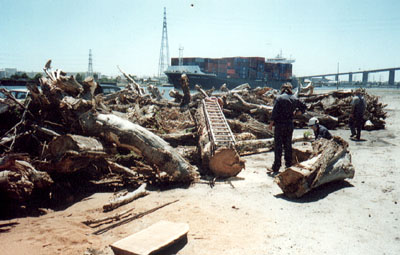
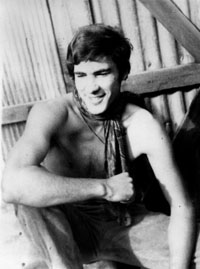 |
||||
Hamish Hillis a Melbourne wood artist whose works for GKW is:
|
||||
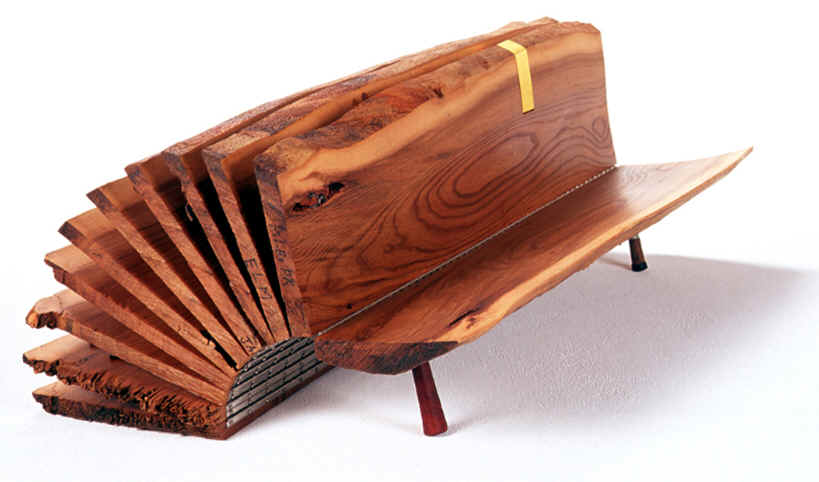 Hamish
Hill Albert Park Log Book (50
130 80 Elm (cut down December 1994 slabbed January 1995)+ Memorabilia (collected
over fifty years 1949-1999) Finish;
Feast Watson - Fine Buffing Oil) (photographed by Terence
Bogue) Hamish
Hill Albert Park Log Book (50
130 80 Elm (cut down December 1994 slabbed January 1995)+ Memorabilia (collected
over fifty years 1949-1999) Finish;
Feast Watson - Fine Buffing Oil) (photographed by Terence
Bogue) |
||||
|
Artist's commentary: A CENTURY OF ALBERT PARK.
The beginning of the twentieth century saw Albert Park being used as a grazing ground for Dairy Cattle and Horses and a hunting area for rabbits. There were already people involved in running, sailing, rowing, cycling, cricket, football, baseball, bowling, hurling, golf and many other sports and pastimes. There were several rubbish tips established and in 1903 a Speedway was created for horse and buggy, there were Grand Picnics and Fairs held as well as fireworks displays. In 1908 the first Davis Cup Tennis Competition was held at the Albert Ground and in 1909 South Melbourne Football Club won their first premiership. From 1910 to 1920 the army developed quite a presence in the park with tents being erected for recruits as well as buildings going up for storage and accommodation. The Chalet (Tea Kiosk) was constructed in 1911 and opened, with refreshments available on the ground floor and dancing above. 1912 saw the creation of the First Victorian Sea Scout Troop and in 1919 the South Melbourne Technical School was opened.
During the depression years the Park as well as the area suffered greatly,
but an equestrian track was built mainly by the unemployed, there were
many squabbles over rent some leading to the threatened departure of some
sporting clubs. The Power House was erected for the Lord Somers Rowing
Club and went on to become a major sporting club at the St Kilda end of
the Lake. Also MacRobertson Girls High School finally got a permanent
home at the Northern corner of the park. In 1939 the Robert Williams Memorial
Gates were unveiled, (this was somewhat ironic as he had been a board
member opposed to closing off the Park) with the outbreak of war in Europe
the military began increasing its presence. The military buildings and general use of the Park increased greatly during the 1940's, this included the digging of a large number of trenches throughout Albert Park. There were also a lot of American troops stationed at South Melbourne Cricket Ground, and in 1944 there was a horse and dog Gymkhana organised to raise funds for a patriotic fund. Later in the 40's some of the military buildings were converted to migrant hostel accommodation, the Albert Park Golf Club became a Public Course and a multitude of sports resumed their activities. The first official assault on the Park by racing cars began in 1953 with the Australian Grand Prix which continued, along with several other races, until the 1958 Grand Prix after which Henry Bolte (The then Premier) banned all future races in the Park. The main complaint against the Cars, as with racing boats, was noise and disruption. 1958 and 9 saw the conversion of Military Supply Cargo Sheds to Table Tennis, Basketball and Badminton Centres. |
||||
|
Early in the 1970s Disney on Parade was performed in the Park. There
were Rock concerts at the Lakeside oval including a performance by Leon
Russel, with frequent complaints about noise from the concerts they were
stopped and speedboats also created enough noise to upset a large number
of locals. Night golf was disbanded and the Sun Tour attracted large crowds
in conjunction with a family fun day. During the 1980s many plans were mooted for the Park and possible improvements, 1981 saw the final games of football played by South Melbourne football club, and in 1987 the St Kilda railway line was reduced to a Light Rail (Tram) route. The 1990s saw major change with the management passing from the old Albert Park Committee of Management to Melbourne Water, The draining and cleaning out of the Lake, the appointment of a new Park manager, the decision to move the Australian Formula 1 Grand prix to the Park, and the subsequent Clashes between Police and protesters over the construction of the race track and associated buildings, as well as the inevitable removal of hundreds of mature trees and masses of shrubs, including the tree that contained the log book itself. |
||||
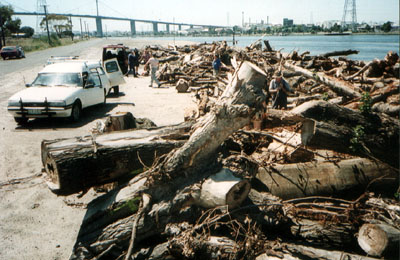
 The
1920's saw the departure of the lawn Tennis Association to Kooyong, the
first official Motor Boat races and the construction of a bandstand by,
and for, the South Melbourne Citizens Band. The army continued to retain
a strong presence in the Park, St Kilda closed their tip and the regular
replanning and designing of the Park continued.
The
1920's saw the departure of the lawn Tennis Association to Kooyong, the
first official Motor Boat races and the construction of a bandstand by,
and for, the South Melbourne Citizens Band. The army continued to retain
a strong presence in the Park, St Kilda closed their tip and the regular
replanning and designing of the Park continued.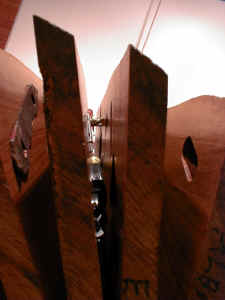
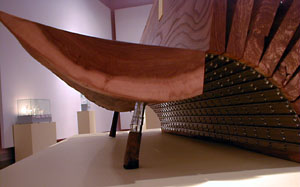 The
1960s saw the opening of Robs Drive in Restaurant and New Golf Club and
Park Management facilities, and later the opening of Robs Carousel and
the Par three golf Course. The Bandstand was demolished, Bowling Alleys
and Squash Courts were built. South Melbourne's' wooden grandstand was
burnt down, night football was introduced at the lakeside oval and St
Kilda F.C. left the Junction oval and Fitzroy F.C. moved in.
The
1960s saw the opening of Robs Drive in Restaurant and New Golf Club and
Park Management facilities, and later the opening of Robs Carousel and
the Par three golf Course. The Bandstand was demolished, Bowling Alleys
and Squash Courts were built. South Melbourne's' wooden grandstand was
burnt down, night football was introduced at the lakeside oval and St
Kilda F.C. left the Junction oval and Fitzroy F.C. moved in.